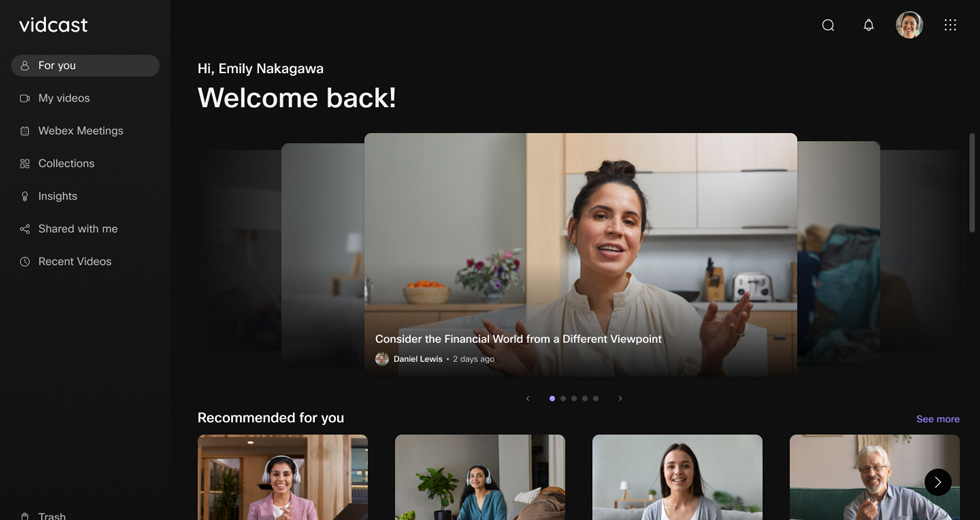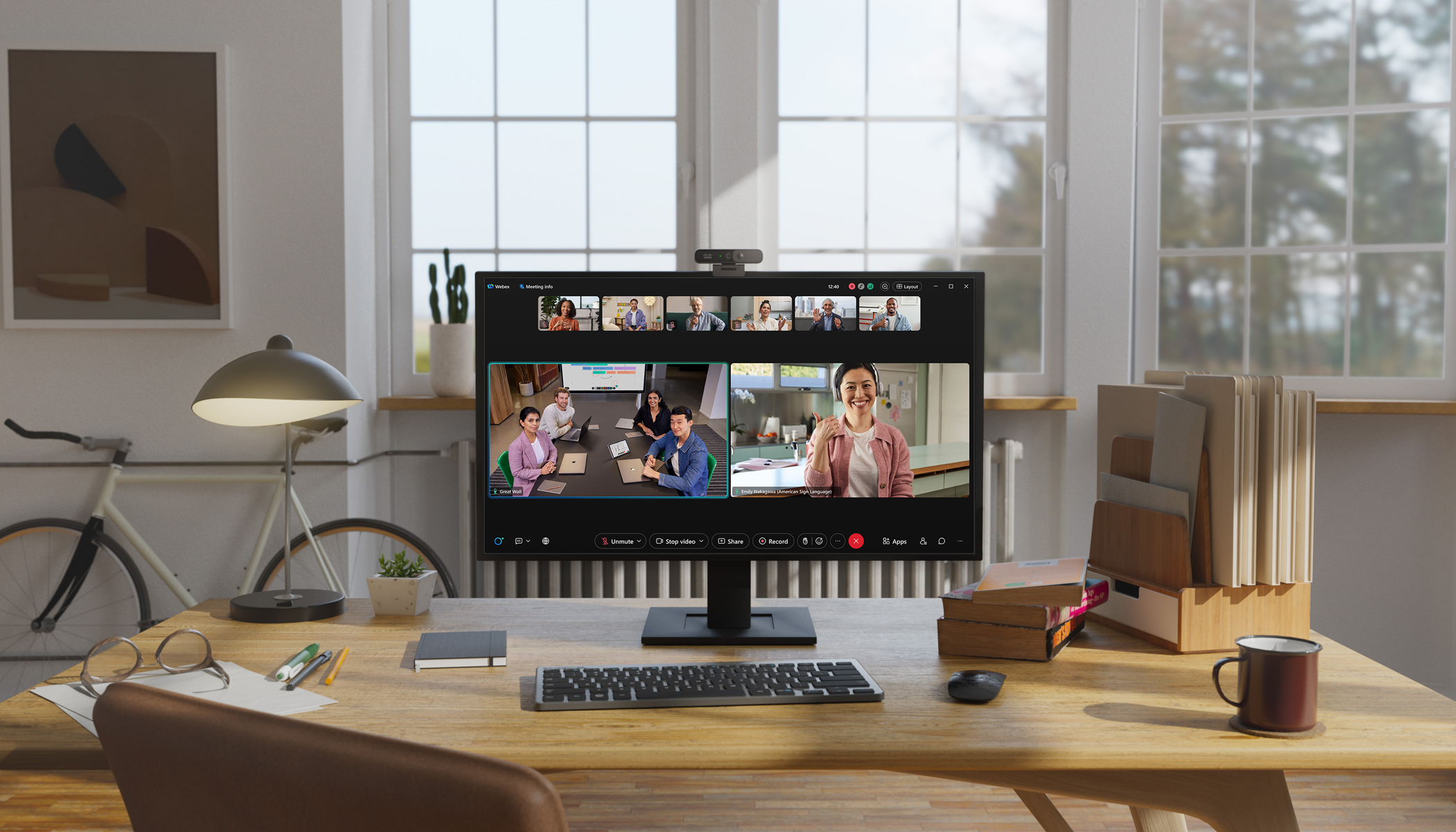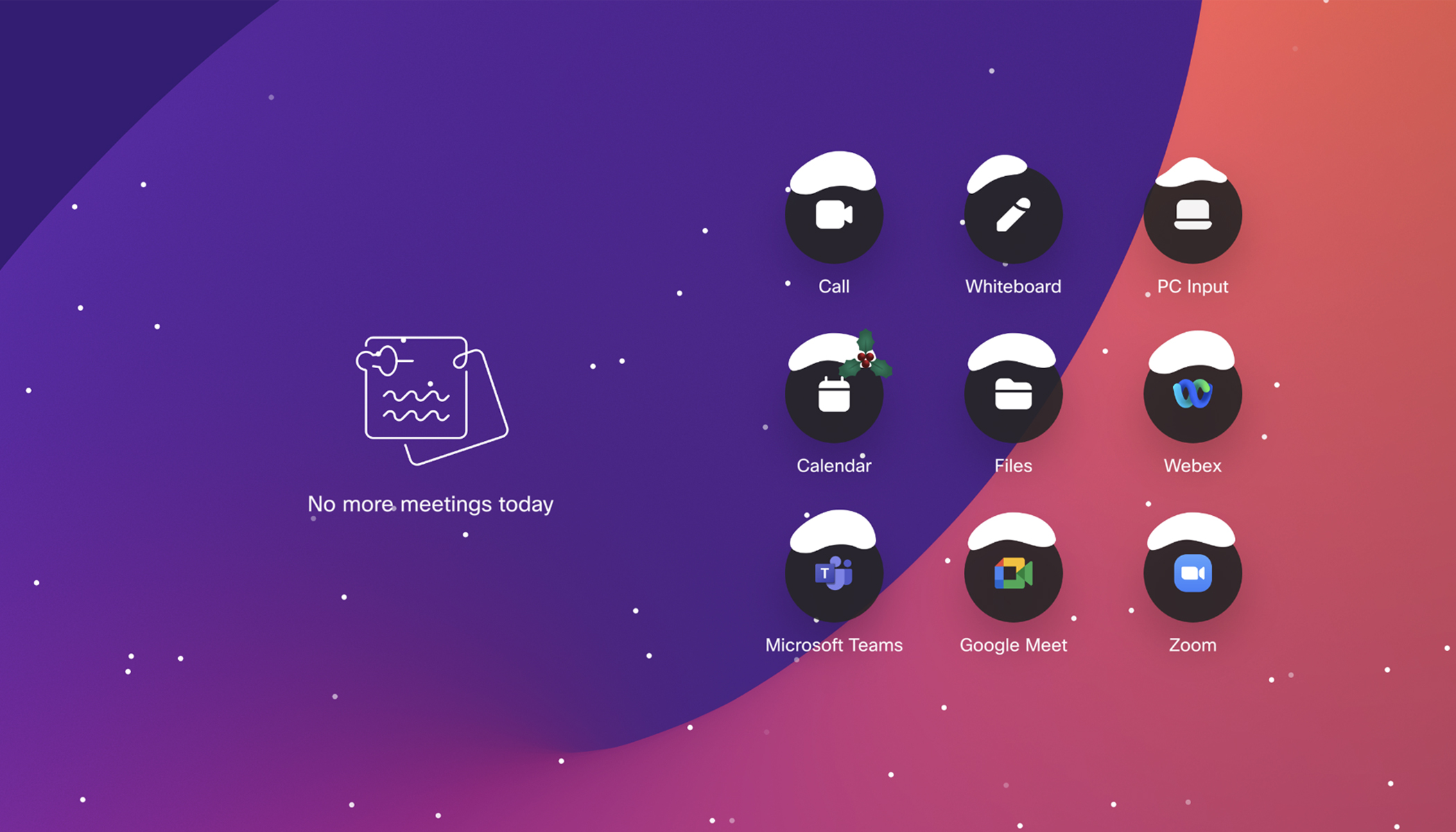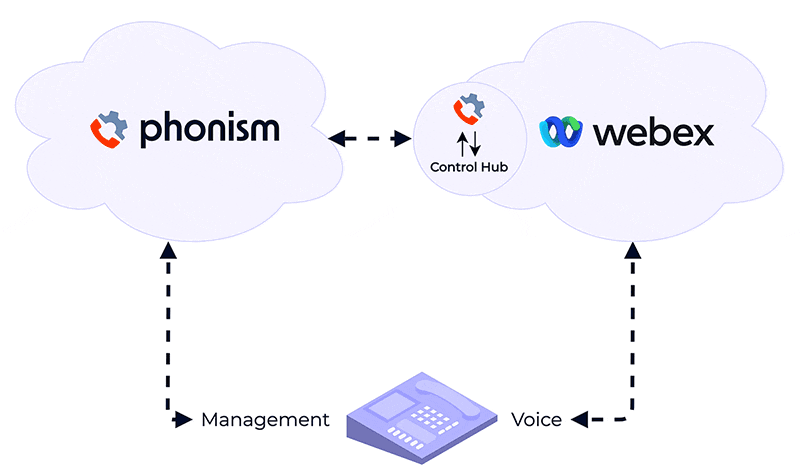Summary
The definition of asynchronous communication is simple: any form of communication that does not occur in real-time. In the workplace, this typically means that an immediate reply is not required. It’s a manner of communication that allows team members to work on their own time. But how asynchronous communication is implemented, how it’s championed (or ignored) in work culture, and how it can replace and work in tandem with synchronous tools—that’s where the discussion gets more compelling.
In the 2022 workplace, asynchronous tools can help employees navigate the challenges of hybrid work and always-on culture. So, let’s explore the differences between asynchronous and synchronous communication, the benefits of each, and how asynchronous video tools like Vidcast are helping companies improve the way they communicate and collaborate.
What is asynchronous communication?
When we think about asynchronous communication, we think of a dialogue occurring over a period of time, rather than instantaneously. This may be a span of hours, days, or even weeks for longer projects. For example, if you create a report, upload to a shared drive, and request a review via email for a later date, you’ve just deployed an entirely asynchronous workflow.
Often, email is considered a prime example of asynchronous communication. But, depending on your workplace, even email can have a more real-time, “URGENT PLEASE READ” feel to it. That urgency though is less a byproduct of the tool, and more informed by workplace culture. In this way, email is an example of something asynchronous that becomes semi-synchronous based on work environment (we’ve all been on 9pm email threads putting out proverbial fires).
But the spirit of email is asynchronous. By the very method of communication, most understand that the request is not urgent. The initiator of the communication is typically not asking for anything ASAP—otherwise they would send a direct message or give their colleague a call. With asynchronous forms of communication, it’s implied that the content can be reviewed within a certain timeframe.
Before we dive deeper into asynchronous communications and best practices, let’s review synchronous communication.
What is synchronous communication?
Synchronous communication happens in real time. There is a built-in immediacy to the communication, whether it’s back-and-forth messaging or a video meeting. In most modern workplaces, synchronous communication is the everyday standard for getting work done. It’s no surprise that research shows knowledge workers spending as much as five hours per day checking messages in a given messenger app.
Obviously, there are times where synchronous communication is necessary. For everything from 1:1 performance reviews to in-depth brainstorming, synchronous tools like Webex Meetings and whiteboarding are foundational for collaboration in the world of hybrid work. But these digital tools can be a double-edged sword. They’re so accommodating that workers may too often default to a synchronous form of communication, when asynchronous tools can better handle the task. (The phrase “this meeting should have been an email” is ubiquitous and worthy of a spot on the Bingo for Meetings board—because it’s true!).
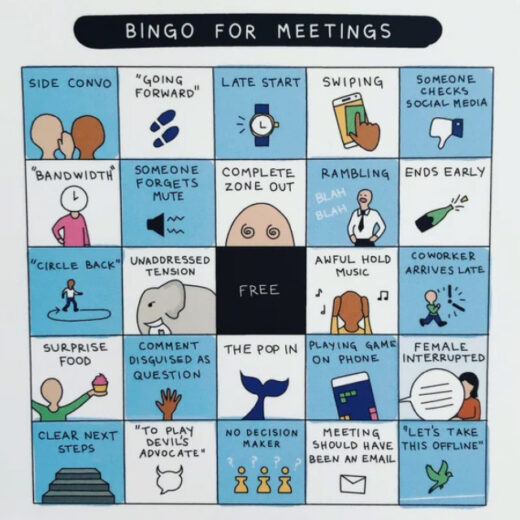
Over-reliance on synchronous tools can often lead to longer work hours, less productive workdays, and eventually, burnout—all symptoms of the rise of “always-on” work culture.
What is always-on work culture?
As we navigate the evolving workplace of 2022, the fundamentals of work culture have dramatically shifted. Whether companies have gone fully remote or embraced the hybrid model, teams are collaborating from different workspaces, in different time zones, and in timeframes that, pre-pandemic, may have seemed irregular. This fundamental change is a key enabler of “always-on” work culture, but it’s not the biggest one (more on this in a second).
With this shift in work culture, we’re learning that employee burnout is on the rise too. Surveys show nearly 80% of workers in 2021 reported stress and burnout as a challenge to well-being at work. A recent study revealed increasing psychological stresses for employees ranging from family friction to mental exhaustion. Webex research shows 61% of remote workers experience video fatigue, and we know that since 2019, the rise in physical fatigue for workers has increased by a shocking 38%.

The concept of being always-on takes a myriad of forms. It can be as simple as replying to email or direct messages even while working on another project. It can be an afterthought, like leaving your status as available the entire day or never blocking off time on your calendar for breaks or deep work. And, it can be checking email after work hours, or getting in some research after putting the kids to bed, instead of taking time for yourself.
But what enables always-on culture? The answer most often is the use of productivity apps that rely on synchronous communication. Because many organizations have shifted to hybrid work, our daily schedules are more varied, which leads to workflows that don’t just utilize productivity apps, but depend on them.
We know the hybrid model isn’t going anywhere: 57% of employees would consider leaving their current employer if faced with a full-time return to office. More people are online and working more hours a week now than in the past. In fact, we’ve seen a 2.5 hour increase in the average working day over the last few years.
Let’s explore the relationship between synchronous communication and always-on culture a bit more.
How are synchronous communication and always-on culture related?
We know that app overload is real and that it affects productivity, to the tune of employees switching between dozens of job critical apps more than a thousand times a day. Think about that for a moment: a thousand times a day!
A study from Cornell found that employees waste nearly an hour every day simply looking for information across apps. That same research revealed that 43% of workers felt they spent inordinate amounts of time switching between apps, and 45% felt it made them less productive.
In writing the initial draft of this section, I’ve taken moments to switch from Word to SharePoint to Webex, then to Outlook, a Miro board and back to my good ol’ trusty doc (and this feels like an on-task session!).
Now, this isn’t entirely attributable to synchronous communication. But the connection is clear: more synchronous communication means more real-time requests across more apps. And that, in the end, leads to more time being online. Even email, the gold standard of asynchronous communication, can contribute to this. A recent survey found roughly 76% of employees check email after hours and spent 8 hours per week on average responding to email after hours. Workers in France even won the right to ignore business emails they receive after their daily work hours.
What we can glean from these figures is that technology and workplace norms can plant the seeds of an always-on culture—and synchronous productivity apps can help always-on culture flourish. We can even infer that workplace culture has the potential to transform a typically asynchronous form of communication like email into a synchronous tool.
Next, we’ll walk through asynchronous communication and how it helps combat the negative effects of always-on culture.
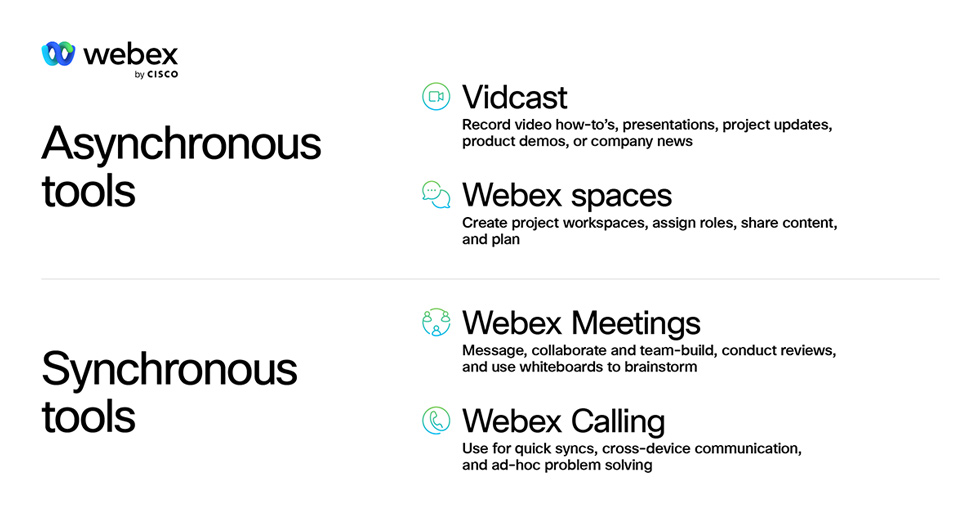
How can asynchronous communication improve work?
In the current climate where synchronous communication dominates work, projects that center around asynchronous workflows offer an alternative with clearer start and end points.
By establishing and codifying the use of asynchronous tools and methods, you begin to build guardrails against always-on culture. On the other hand, if you rely on synchronous communication, you may prolong the corollary conversations around the project and negatively affect productivity.
Let’s start with an example most of us would associate with synchronous communication: a presentation. Here’s a generic set of steps for the project:
- Conception
- Kick off
- Creation
- Review
- Presentation
Now, if all these steps are synchronous, we can imagine how much more drawn out the process could be.
- The concept pitch to a primary stakeholder begins with an ongoing chat that starts, stops, and continues over a week. A follow-up call for next week is requested.
- After the go-ahead, a kickoff call includes cross-functional partners, sparking more questions (some not relevant). More days are needed to iron out details.
- The presenter now creates the content, finally able to dive into deep work after a somewhat confusing start to the project.
- Calls for revisions are requested in a follow-up sync. A full review meeting is scheduled, but with calendars jammed, the presenter waits two weeks for feedback.
- During review, synchronous communication gets its time to shine with in-meeting features like digital whiteboarding. But one stakeholder asks for a second review due to a schedule conflict. The timeline gets extended, pushing back the presentation date.
Let’s reconstruct the same broad workflow, but inject asynchronous comms where applicable.
- Initial concept is outlined in a pre-recorded Vidcast video (more on this later). The presenter’s colleague provides notes in a shared document using a tool like SharePoint or Google Drive.
- Synchronous and asynchronous tools team up for kick-off. Beforehand, an agenda video is sent through Vidcast to prep and make the meeting more efficient. During the kick-off, action items are recorded by a virtual assistant like Webex Assistant, and then made available post-meeting for the team.
- The presenter creates content with clearer direction and uses the asynchronous potential of Webex’s new whiteboarding app. They outline two narrative flows on the whiteboard, and a close colleague reviews on their own time.
- With content created, the presenter uses Vidcast again to record a dry run of their presentation. Reviewers watch the Vidcast, review slides, and offer feedback in the form of reactions and comments right in the tool, all at a time that works for them. The conflicting-calendar dilemma is gone.
- With all review notes available, the presenter finalizes on their own schedule, without any hiccups. When presentation day comes, asynchronous communication has empowered them to present with confidence in a synchronous setting.
This is just one mock example, but it’s easy to see how subtle changes in workflow can mitigate the inefficiencies that, over time, contribute to always-on culture.
Real-world studies have shown that adopting asynchronous workflows can save workers nearly 60% of time when compared to synchronous communication in settings like healthcare.
Similarly, online learning research showed that students using asynchronous learning models consistently out-tested those using synchronous learning tools.
Again, this doesn’t mean that synchronous communication doesn’t have a place in the modern, hybrid workplace—it’s crucial! But organizations must be cognizant of asynchronous tools and make it a priority to implement them.
Now, let’s dive into one of those tools: Vidcast, a new product from Webex that is an evolutionary next step for asynchronous communication.
What is Vidcast and how does it optimize hybrid work?
I spoke with Nikki Heyder, Product & Growth Lead for Vidcast, the new asynchronous video recording tool from Webex. She’s a seasoned vet when it comes to the end-to-end product experience. We dove into asynchronous communication and the hybrid workplace first.

“There’s this dichotomy between ephemeral use cases and those with a longer shelf life. Vidcast is super valuable for both—especially in a hybrid work environment,” Nikki said. “We’re seeing asynchronous video replacing synchronous content that’s both relevant for short periods of time and repeated at a high frequency.”
Nikki elaborated that Vidcast is often used to replace certain meetings, but also one-off project updates and communications that may have to be done multiple times, like a sales demo for example.
“Video is more interesting to watch and read than a lengthy email,” she said (me nodding with gusto). “And the time savings add up quickly. If you can avoid five thirty-minute calls by consuming five 2-3 minute videos, you’ve saved over two hours. That’s meaningful!”
In a world driven by video, engaging features are critical. With Vidcast, viewers can add reactions at specific timestamps within the video, which provides great insights for creators as they can see what resonates most with their audience. Creators can also see view count, who reacted to the video, and, soon, stats like average watch time, viewer retention, and more.
“Even though it’s a one-way communication in a lot of ways, within Vidcast you can see the exact moment where people are providing color with comments and reactions.”
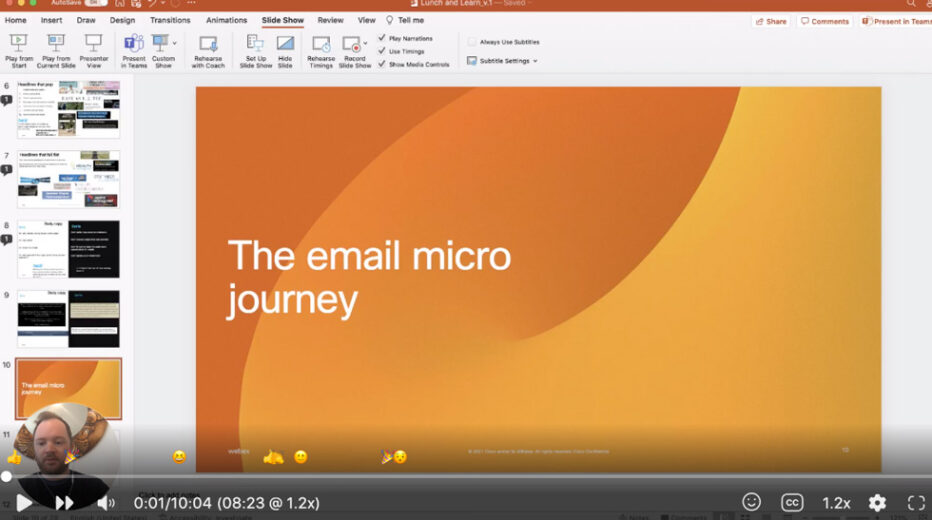
This can be particularly helpful for executives—not only the ability to relay company-wide announcements and see what employees react to, but a solution to the incredible challenge of finding time on the schedule.
“A 90 minute all-hands may not be ideal for global teams across time zones,” Nikki said. “Leaders can deliver top-down announcements, holiday messages, and quarterly updates in a quick video. Scheduling time on an exec’s calendar can take days, if not weeks. A five-minute Vidcast allows them to respond when their schedule allows.”
The real power of Vidcast is its flexibility in use cases. As Nikki and I chatted, she described a range of roles and industries that are optimizing workflows with this asynchronous tool.
“We see big improvements for the salesperson and the technical seller. Sales professionals can create personalized videos that are superimposed on a presentation or a product walkthrough. It’s a much more personal, engaging way to give a demo that tends to lead to higher response and conversion rates. In fact, sales tests have shown a 67% conversion rate with sales emails that include a Vidcast.”
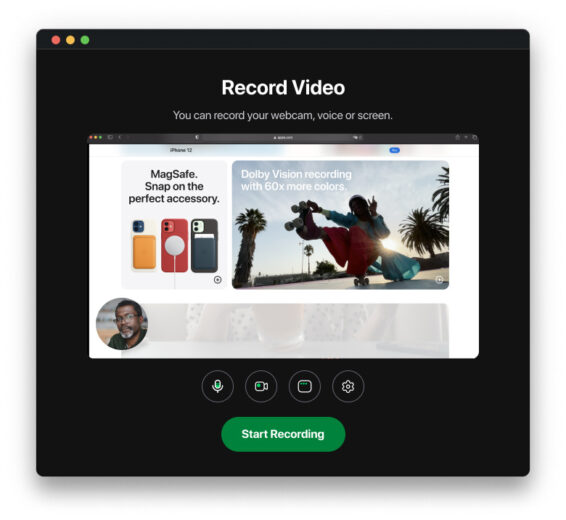
Vidcast is also a perfect match for design professionals. Nikki went into detail on how streamlined a designer’s workflow can become.
“It’s really nice to reference and narrate visuals as a designer, especially when handing off to product managers or engineers. You can articulate the thought behind design elements and what you’re trying to solve for. We’ve seen Vidcasts used with Figma links, and then also tied to a JIRA ticket. It’s a system of record that engineers can then go back to after handoff.”
It’s not hard to imagine how quick, consumable videos can optimize workflows across many industries and roles:
- IT professionals have the ability to offer up quick technical troubleshooting or how-to videos.
- Customer success managers can create evergreen onboarding and how-to videos to assist customers quickly with common questions.
- Sellers and marketers can script personalized videos to better connect with customers and drive higher conversion rates.
- Training managers are able to create engaging training and onboarding content as part of a collection for employees to view on their own time.
- Execs and leaders can share org updates, team wins, quarterly goals, and priorities to keep everyone informed and engaged. Plus, teams can provide feedback using reactions and comments.
- Engineers can streamline bug reporting through video—no more taking screenshots and typing out specifics!
- Heavy machinery operators are able to take quick Vidcasts of malfunctioning equipment to problem-solve more effectively with remote teams.
This point on remote and hybrid teams is important to emphasize. Vidcast is asynchronous by design, but the features are geared to make that asynchronous communication more digestible, relevant, and engaging across diverse teams.
- 1.2x speed makes the recordings slightly more fast-paced to save time, but not so fast that the content is disrupted.
- Chapter sections allow workers to jump to content that impacts their role, rather than sitting through a long real-time meeting.
- Superimposing your video on presentation slides allows in-depth, personable, visually appealing communication.
- Comments and reactions are delivered in a timeline view, so it’s easy to see what’s good to go and what still needs work.
- Editing features allow you to trim your video, enabling creators to make more polished content in fewer takes.
- Import functionality lets you bring Webex recordings into Vidcast where you can edit, add chapters and share with anyone who missed the meeting.
- Collections can be created, so you can put together a set of related videos, playlist-style. It’s easy to share with a single link.
Nikki herself remembered when her everyday schedule overlapped with other international team members at odd hours of the day.
“It wasn’t uncommon for me to jump on at six in the morning, field calls in the middle of the day, then hop back on at eight at night. You can’t duck out for lunch or dinner and come back in a reasonable amount of time. I had no other option than to be on those calls, and realistically two to five minutes of that content was important for me.”
In hybrid contexts, she continued, “Your desk is in your kitchen or living room. You need to get what you need done more effectively. Meetings typically default at 30 minutes to an hour, but not every update needs to be 30 minutes. Being more in control of your schedule as a remote or hybrid worker is really helpful.”
By using Vidcast, teams can communicate in a more efficient, less time-consuming way and mitigate meeting proliferation to free up calendars across the organization.
As we discussed earlier in the piece, after two and a half years of remote and hybrid work the workday has been extended. Another example in a recent study showed a bump in late-hour activity for workers between 9-10pm. Is it so surprising that always-on culture has become the norm, and that burnout is affecting employees everywhere?
Nikki put it like this:
“It’s hard sometimes to have boundaries. If you’re getting pings at off hours when it could simply be a video link, most would not want to read it at nine or ten at night. But if you get a video link from a colleague in another country during their normal working hours, the boundary is built in. You know you don’t have to be on a call right then. It’s understood that you can look at it in the morning. I think that’s empowering for people.”
Here is Nikki explaining more about Vidcast and its time-saving powers!
Conclusion: How to use asynchronous communication in the hybrid workplace
Both synchronous and asynchronous communication present unique benefits. How do we successfully implement both into our hybrid workplace in a way that combats always-on culture and reduces burnout? Research from Webex shows broad agreement on the effects of burnout, and 97% of those surveyed think a combination of technology and company culture can help.
So, whether you’re implementing a hybrid work model or optimizing one, keep the dual importance of technology and culture top of mind. Here are some steps to get you started!
- Start simple. Know everyone’s time zones and make everyone’s in-office and remote schedules accessible.
- If firm email and/or messaging policies feel too heavy-handed, think about a softer, “Golden Rule” type of work mantras: “If it feels too late to email, it’s too late to email.”
- If your team wants a framework in ink, take inventory first. Understand when people are open to starting and stopping communication hours and which platforms need specific guidelines.
- With communication hours set you can then designate rules. For example, a rule that emails outside of communication hours can only be scheduled for the next day. Or, that everyone sets a messaging app like Webex to Do Not Disturb after communication hours. It’s all about taking the pulse of your team’s unique needs.
- Identify the main responsibilities of your team. Assess each workflow through the lens of asynchronous execution. Can you change tools? For brainstorms and kickoffs, you’ll probably stay synchronous. But try using Vidcast for weekly team updates instead of live syncs—you may cut time!
- Once you’ve taken a top-down inventory and tested things out, adopt asynchronous workflows and tools that make sense. You may see huge benefits to shifting company announcements, sales demos, and more to a tool like Vidcast.
Learn More:
